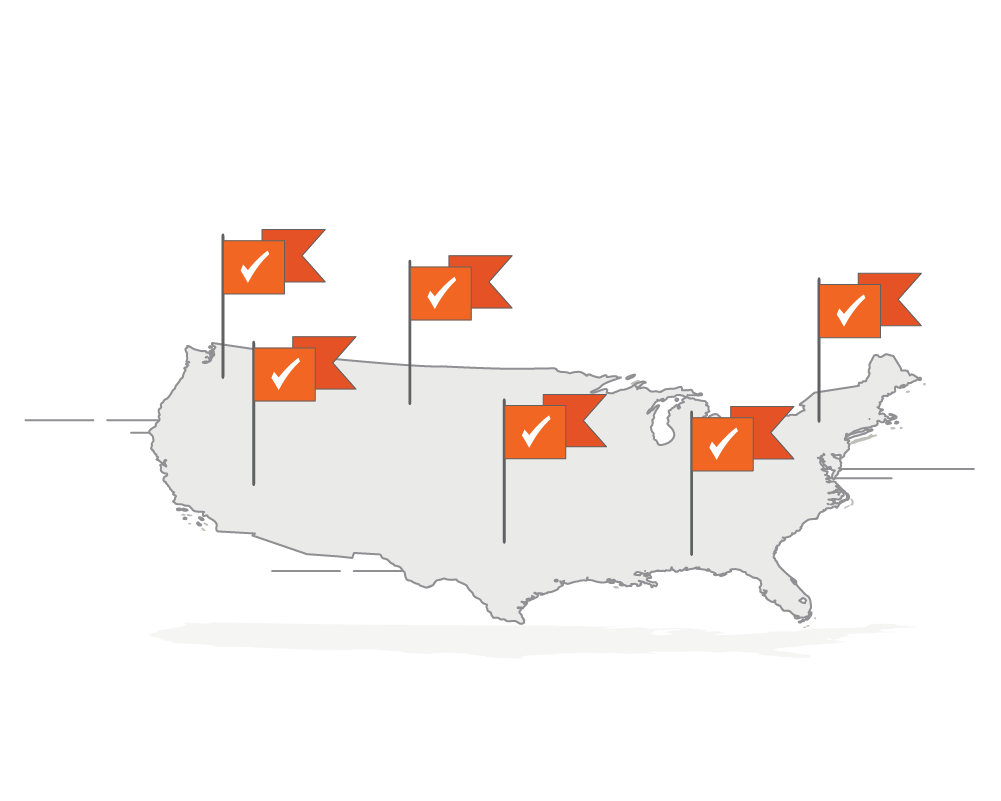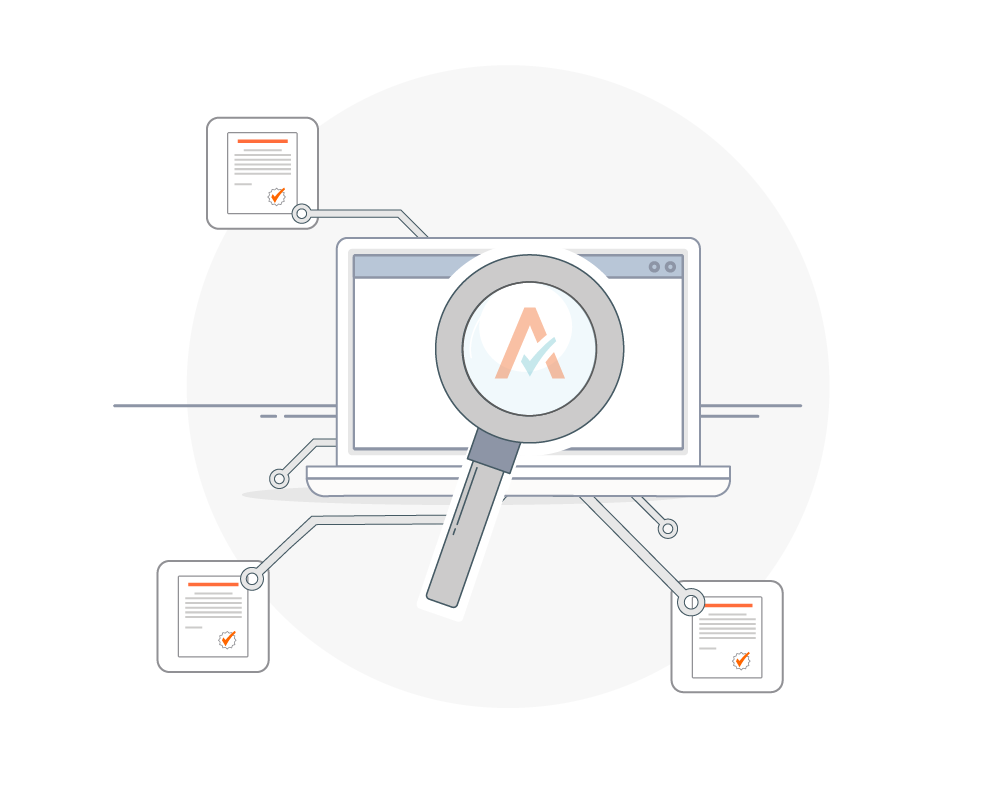South Dakota v. Wayfair, Inc.
The decision that changed sales and use tax rules for remote (online and off-line) sellers, nationwide.
Taxing remote sales has changed
On June 21, 2018, the Supreme Court of the United States ruled in favor of the state in South Dakota v. Wayfair, Inc. The decision overruled a longstanding physical presence rule, allowing states to require remote sellers to collect and remit sales tax.
Since Wayfair, most (but not all) states have adopted new rules defining what establishes a sales and use tax obligation, known as nexus. Unfortunately for businesses, no two state sales tax nexus laws are alike.

At-a-glance maps and in-depth looks
Learn about affiliate nexus, click-through nexus, economic nexus, marketplace facilitator laws, non-collecting seller use tax reporting, and physical presence nexus for each state.
Visit our new sales tax laws by state resource page.

You’ve got questions, we’ve got answers
Like most things related to sales and use tax, the Wayfair decision introduced a lot of complexity for states, businesses, and consumers. Some of the most common questions are answered in our FAQ or our post-Wayfair Q&A forum.
Do you know where you should be registered?
Get started with our free nexus assessment tool.
Read the latest information on Wayfair
Do you know where you have to collect?
Nexus obligations vary from state to state. See how Avalara AvaTax helps you stay compliant by tracking the states in which you’re approaching economic nexus and letting you know where you need to register.











